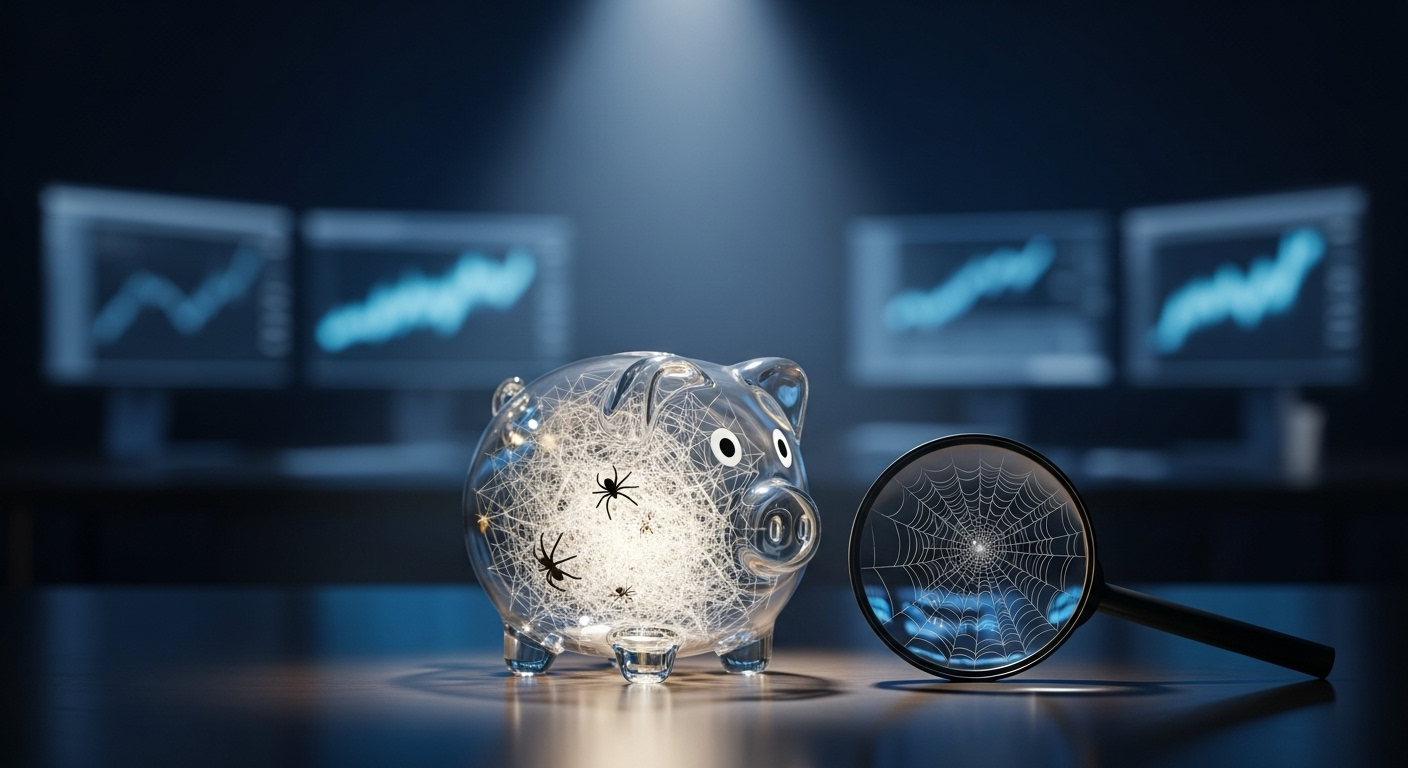Leveraging Biomimicry in Industrial Design
Enhancing product performance and efficiency through nature-inspired solutions is revolutionizing industrial design. This innovative approach, known as biomimicry, draws inspiration from nature's time-tested patterns and strategies to solve complex engineering challenges and create sustainable, high-performance products.

The Foundations of Biomimicry in Industrial Design
Biomimicry is not a new concept, but its systematic application in industrial design has gained significant traction in recent years. The core principle of biomimicry involves studying nature’s models and then emulating these designs and processes to solve human problems. This approach is particularly valuable in industrial design, where efficiency, sustainability, and innovation are paramount.
The process of implementing biomimicry in industrial design typically involves three key steps: observing nature’s solutions, abstracting the principles behind these solutions, and applying them to human-made designs. This methodology allows designers to tap into 3.8 billion years of research and development conducted by nature, resulting in highly optimized and efficient solutions.
Nature-Inspired Materials: A Game-Changer in Manufacturing
One of the most promising areas of biomimicry in industrial design is the development of new materials inspired by nature. These bio-inspired materials often exhibit remarkable properties that can significantly enhance product performance and manufacturing processes.
For instance, researchers have developed a new type of adhesive inspired by the strong yet reversible attachment mechanism of gecko feet. This biomimetic adhesive can bond strongly to various surfaces without leaving residue, offering potential applications in manufacturing, robotics, and even space exploration.
Another example is the development of self-healing materials inspired by the human body’s ability to repair wounds. These materials can automatically repair small cracks or damages, potentially extending the lifespan of products and reducing maintenance costs in various industries.
Optimizing Industrial Processes Through Nature’s Efficiency
Nature is inherently efficient, having evolved to make the most of limited resources. By studying and emulating natural processes, industrial designers can significantly improve the efficiency of manufacturing processes and product designs.
One compelling example is the optimization of fluid dynamics in industrial systems based on the vortex-shedding patterns of fish. By mimicking the way fish move through water, engineers have developed more efficient pump designs that reduce energy consumption and increase performance.
Similarly, the study of termite mounds has led to innovations in passive cooling systems for buildings. These biomimetic designs can significantly reduce energy consumption in large industrial facilities, offering both environmental and economic benefits.
Sustainable Design: Learning from Nature’s Circular Economy
As industries worldwide grapple with the challenge of sustainability, biomimicry offers valuable insights into creating closed-loop systems that minimize waste and maximize resource efficiency. Nature operates on a circular economy model, where waste from one process becomes food for another.
Industrial designers are now applying this principle to develop products and processes that are inherently sustainable. For example, carpet manufacturer Interface has developed modular carpet tiles inspired by the random patterns of forest floors. This design not only creates visually appealing carpets but also allows for easy replacement of worn tiles, significantly extending the product’s lifespan and reducing waste.
Challenges and Future Directions in Biomimetic Industrial Design
While biomimicry offers immense potential, its widespread adoption in industrial design faces several challenges. One of the primary hurdles is the interdisciplinary nature of biomimicry, which requires collaboration between biologists, engineers, and designers. Bridging these knowledge gaps and fostering effective communication between different fields is crucial for successful biomimetic design.
Another challenge lies in scaling up nature-inspired solutions for industrial applications. What works at a small scale in nature may not always translate directly to large-scale industrial processes. Overcoming these scaling challenges requires innovative engineering and often leads to new technological breakthroughs.
Looking ahead, the future of biomimicry in industrial design appears promising. As our understanding of natural systems deepens and our technological capabilities advance, we can expect to see more sophisticated and effective biomimetic solutions in various industries.
Key Strategies for Implementing Biomimicry in Industrial Design
• Conduct thorough biological research to identify relevant natural models
• Collaborate with biologists and ecologists to gain deeper insights into natural systems
• Invest in advanced modeling and simulation tools to accurately replicate natural processes
• Develop cross-functional teams that combine expertise in biology, engineering, and design
• Start with small-scale pilot projects to test and refine biomimetic concepts
• Prioritize sustainability and circular economy principles in all biomimetic designs
• Stay updated on advancements in materials science and nanotechnology to enable more accurate biomimicry
• Engage with biomimicry networks and organizations to share knowledge and best practices
As we continue to face complex industrial challenges, biomimicry offers a powerful framework for innovation and sustainable design. By looking to nature as a mentor, model, and measure, industrial designers can create products and processes that are not only highly efficient and innovative but also in harmony with the natural world. The journey of biomimicry in industrial design is just beginning, and its potential to revolutionize our approach to manufacturing and product development is truly exciting.





